• An aggregated level of demand for one or few categories of product • The possibility of changing both supply and demand Chase versus Level Strategy Chase Demand Level Capacity Level of labor skill required Low High Job discretion Low High Compensation rate Low HighFor instance, if the skill level and training required was low, a chase demand strategy was recommended Heskett et al expanded on Sasser's work to include a third alternative – "modified" chasedemand This was for the cases where a service did not fit neatly into either chasedemand or levelcapacityCall centers that schedule the number of phone agents according to expected variations in demand what is the level capacity strategy

Ies 371 Engineering Management Chapter 14 Aggregate Planning Ppt Video Online Download
Level capacity and chase demand
Level capacity and chase demand-Strategy of Level capacity, which is to produce at a certain capacity ignoring the change of demand whether it increases or decreases, they just supply each month with a certain rate, and in case demand decreased or there are still items not sold, it is stockpiled, by the seller 2) Chase demand strategy Chase demand strategy is the opposite start a level capacity strategy Align capacity with demand fluctuations This basic strategy is sometimes known as a "chase demand" strategy By adjusting service resources creatively, organizations can in effect chase the demand curves to match capacity with customer demand patterns




Pdf Long Term Capacity Management Linking The Perspectives From Manufacturing Strategy And Sales And Operations Planning Semantic Scholar
– swim wear 14 Matching the Demand U s e i n v e n t o r y Use delivery time U s e c a p a c i t y Demand Demand Demand 15 Aggregate planning atCapacity planning is a strategic process whereby a company determines what level of capacity it will need to satisfy the level of demand for its products or services over a period of time Three– machining shops, army Level strategy;
The planned output for a period is set at the expected demand for that period Maintain a steady output rate Match demand period by period Use a combination of decision variables Basic Strategies Level capacity strategy Maintaining a steady rate of regulartime output while meetingHow is the chase demand strategy opposite of level capacity? There are two main aggregate planning methods and strategies the chase strategy and level strategy The chase strategy sets production equal to forecasted demand Many service organizations such as schools, hospitality businesses and hospitals, use the chase strategy The level strategy is mainly focused on maintaining a constant output rate
Chase demand strategy Matching capacity to demand;This revision video provides an overview of the concept of capacity, capacity utilisation and some of the issues facing businesses operating at low or high uAssume 0 units of initial inventory Extra capacity may be obtained by subcontracting at an additional cost of $15 per unit over and above the company's producing them itself on regular time Provide a detailed cost breakdown for using a level vs a chase strategy to meet the increased demand Which strategy do you recommend?




Question 34 Which Alternative Capacity Plan Relies On Chegg Com




Ies 371 Engineering Management Chapter 14 Aggregate Planning Ppt Video Online Download
Capacity strategies • Lead strategythe company increases its production capacity in advance of anticipated increases in demand • Lag strategythe company responds to actual increases in demand by boosting capacity after the operation is running at full steam • Match strategythe company matches the demand and supply 13Level capacity and chase demand utilities practice a pure form of _____ level capacity what best illustrates the pure form of chase demand?A small manufacturing plant is considering their aggregate plan for the next fiscal year They are limited to a maximum number of 40 FTEs each quarter



2




Sales And Operations Planning Aggregate Planning Production Planning
Chase demand strategies Chase demand strategies are the totally opposite of level capacity in which the organisation frequently requirements to match levels of customer demand to its production volume as an example of JIT systems Such strategy will need the flexible employ of• Level Capacity • Chase Demand • Demand Management For example, if you identify level capacity as the approach then include references from other sources to support this approach Question 2 Analyze the implementation of four Ds by the McDonald Restaurant?1 Attempt to change demand to fit available capacity using demand management 2 Adjust capacity to reflect the fluctuations through a chase demand plan 3 Increase marketing activity and develop a chase demand plan 4 Ignore the fluctuations and apply a level capacity plan Increase marketing activity and develop a chase demand plan Read More




Demand And Capacity Management Options Adapted From Fitzsimmons And Download Scientific Diagram




Complete Guide To Chase Demand Strategy Welp Magazine
Figure Level Capacity Plan Figure shows the level capacity plan of a company manufacturing a product on produce to stock and sell basis In the first quarter aggregate demand is less than production and inventory builds up till the end of the First Quarters in the second third and fourth quarters are inventory levels Decline becauseThe actual capacity is the maximum amount of work that an organization is able to complete in a given period due to constraints such as quality problems, delays, material handling, etcThe customary approaches for addressing capacity demand issues are strategies that emphasize the level of capacity, strategies that chase the demand, and strategies that change the pattern of demand Capacity demand management strategies are proposed in this paper for shortterm, mediumterm, and longterm solutions to address user demand




Pdf Long Term Capacity Management Linking The Perspectives From Manufacturing Strategy And Sales And Operations Planning Semantic Scholar




Demand And Capacity Management Options Adapted From Fitzsimmons And Download Scientific Diagram
Chase demand strategy is an uncertain demand strategy where the changes made to the output level will depend on the change in the demand In case of chase strategy, the main concern of the management is to respond to the changes in the demand In this strategy, the output changes are carried out following the demand changes in order to save the inventories1) Ignoring the fluctuations and keeping activity levels constant (Level Capacity Plan) 2) Adjust capacity to reflect the fluctuations in demand (Chase Demand Plan) 3) Attempt to change demand to fit capacity availability (Demand Management)The level and chase demand capacity utilization strategy is to be used as Level Strategy It is to be used when the same quality and quantity of the production procedures are required Chase
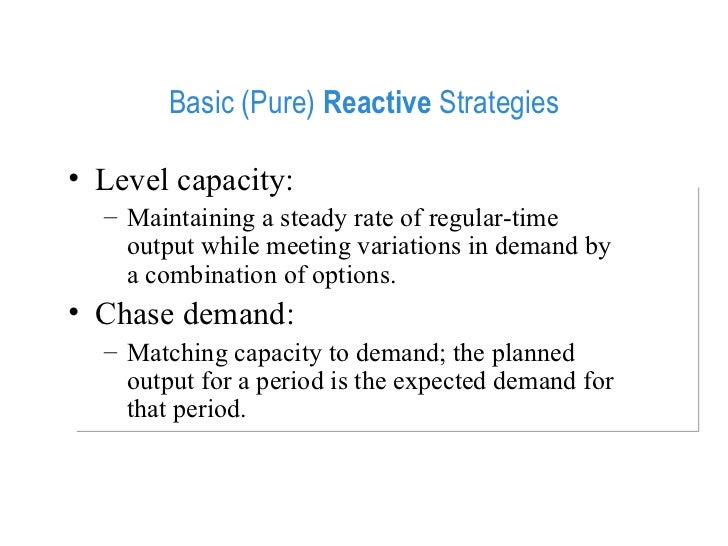



Aggregate Planning



2
Chase Regular time output = Minimum(Forecast, Capacity) Level Required production = Average forecasted demand per period Number of workers = (Required Production/period) / (Production rate/ worker/period) Chapter 12 Material Requirements Planning GR Plannedorder releases of "parents" x No required per unit OR Master Schedule for level zero Aggregate Planning level capacity and chase demand strategy Add Remove This content was COPIED from BrainMasscom View the original, and get the alreadycompleted solution here! 7 Alternative Capacity Management Strategies• Level capacity (fixed level at all times)• Stretch and shrink – offer inferior extra capacity at peaks (eg bus/metro standees) – vary seated space per customer (eg elbow room, leg room) – extend/cut hours of service• Chase demand (adjust capacity to match demand) – schedule




Tqm Chapter 11 Assignment Operations Management Tqm Bmc 1101 Studocu
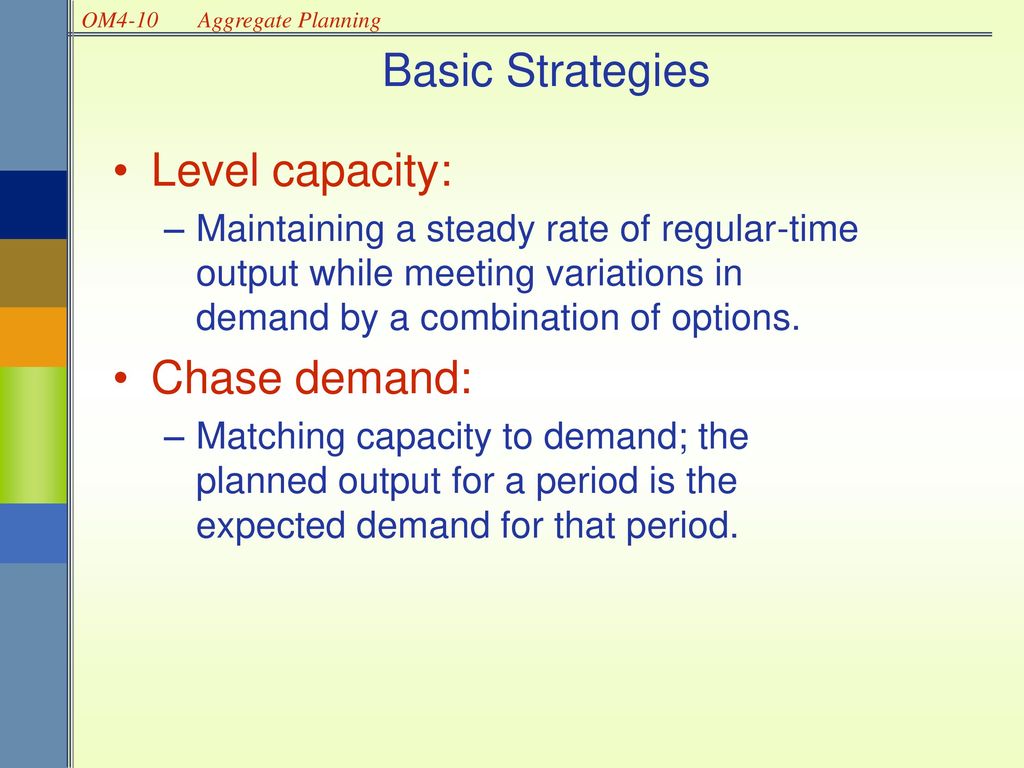



Chapter 14 Aggregate Planning Ppt Download
Chase (the demand) strategy;A level capacity strategy is also known as a chase demand strategy Free True False Unlock to view answer Q 12 Q 12 In order to use the level capacity strategy, variations in demand are met by A) varying output during regular time without changing employment levels B) varying output during regular time by changing employment levelsAbout Press Copyright Contact us Creators Advertise Developers Terms Privacy Policy & Safety How works Test new features Press Copyright Contact us Creators
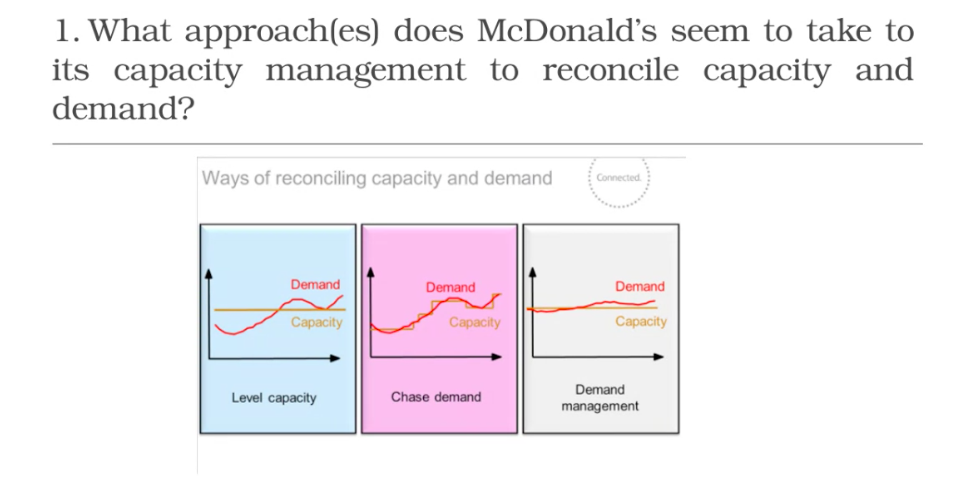



Hi Could Helop Me Please With This Task By Guiding Me Chegg Com



1
Level capacity Managing demand Chase demand Managing capacity 7) Yield Management 1) Customerinduced variability 2) Segmenting demand & Offering price incentives 3) Reservation systems and overbooking 6) Crosstraining employeesChase demand strategy In this type of strategy the capacity is matched to the level of demand A period's planned quantity of output is equal to that period's expected demand Level capacity strategy When an organization adopts the level capacity strategy then it manufactures at a constant output rateThe present study proposes a novel decision model to aggregate production planning (APP) decision making problem based on mixed chase and level strategy under uncertainty where the market demand




Aggregate Planning And Learning Curves Chapter Outline 1




Demand And Capacity Management Decision Steps Download Scientific Diagram
The idea here is that a level schedule is used during consistent periods and the chase strategy is used during months with fluctuating demand This can be helpful in seasonal business For example, a company that made Halloween chocolates, may maintain a level schedule for 9 months of the year and then use a chase strategy during the weeksThe chase demand technique, revealed in Figure 114( b), matches the production strategy to the demand pattern and soaks up variations in demand by employing and shooting employees TECHNIQUES TO MATCH DEMAND AND CAPACITY The most essential task of the service online marketer is stabilizing/ matching the demand and capabilityThe answer for this question lies in whole case study as four Ds cover all the




Aggregate Planning




Managing Capacity Capacity Management Youtube
The use of a chase strategy requires that a company have the ability to readily change its output level, which means that it must be able to readily change its capacity In some industries where labor is the major determinant of capacity, and where additional labor is readily available, such changes may be feasibleCompare and contrast the level and chase aggregate plans These plans are similar since both plans ensure that demand is met However, they meet demand in different ways A level plan maintains the same workforce size and equipment, thus producing the same amount of product each time periodLevel capacity and chase demand Warning Can only detect less than 5000 charactersNo fluctuation or change in the level of demand What is the actual ability?
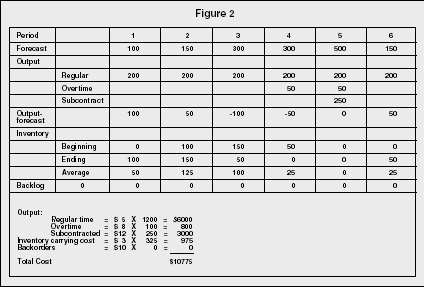



Aggregate Planning Strategy Organization Levels System Examples Model Type Company System




Aggregate Planning Planning Horizon Aggregate Planning Intermediate Range
In other words, Manager A is tied to the "chase demand" strategy, and his counterpart, Manager B in the adjacent office, is locked into the "level capacity" strategyDemand chase is a production control plan that attempts to match capacity to the varying levels of forecast demand Chase demand plans require flexible working practices and place varying demands on equipment requirements Pure chase demand plans are difficult to achieve and are most commonly found in operations where output cannot be stored orThe total cost increase of the chase demand (CD) production plan compared to the level capacity (LC) production plan where the total cost consists of total annual hiring, firing, and carrying costs is $ Statement 4 Consider the total cost of a production plan where the total cost consists of total annual hiring, firing, and carrying costs
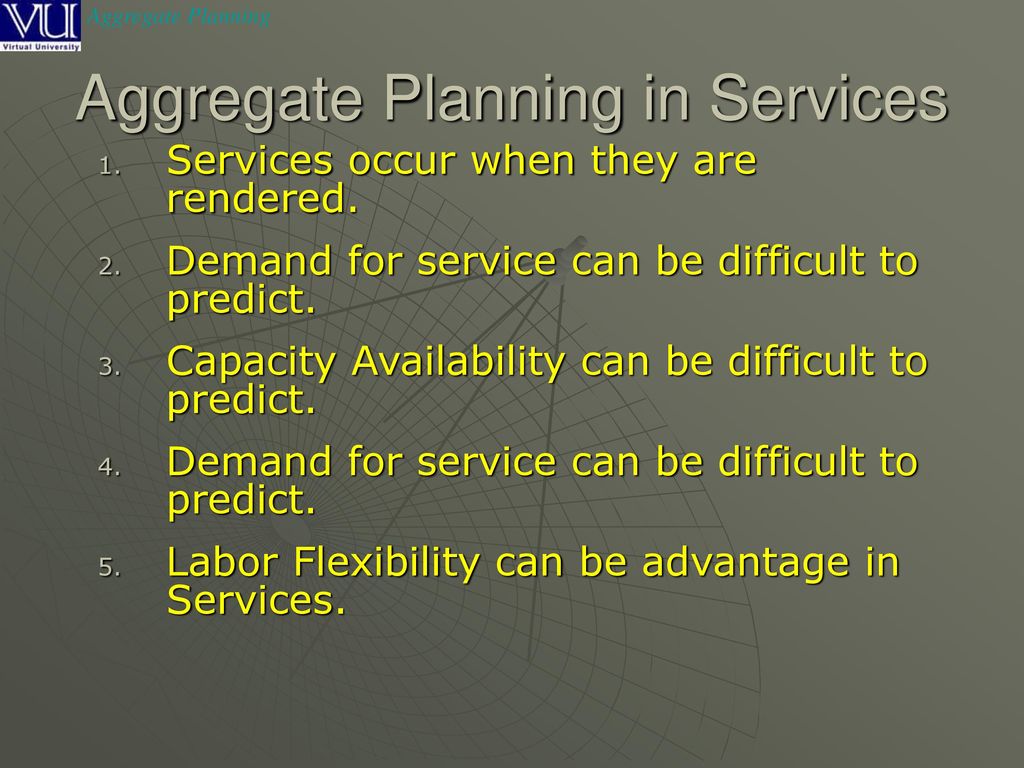



Basic Strategies Level Capacity Strategy Chase Demand Strategy Ppt Download




Aggregate Capacity Planning Pdf Free Download
Diagrams to illustrate difference between level and chase capacity planning for the same demand pattern Level capacity planning involves fixing capacity In many manufacturing industries, it is appropriate to ensure that average capacity meets average demand, because demand can be stored and processed later or overproduction can be stockpiled– fast food restaurants Time flexibility from workforce or capacity;Hibrid atau gabungan antara strategi level capacity dengan chase demand Contohnya kapasitas kamar hotel terbatas, namun pengaturan jumlah petugas hotel (staffing) dapat bervariasi sesuai dengan kebutuhan seasonal 212 Strategi Menyesuaikan Kapasitas dengan Permintaan (Chase Demand Strategy)




Opmt 303 Ch 11 Conceptual Flashcards Quizlet




Alternatives For Adjusting Capacity Video Lesson Transcript Study Com
The chase capacity strategy implies matching demand and capacity period by period (Chase and Aquilano, 1985) In the chase capacity strategy, workforce levels are adjusted through the process of hiring, firing or lay off of production employees to produce output levels to match demand requirements In situations of high demandChase Capacity Management Opposite to the level capacity management is the chase capacity, " organisations could decide to match capacity and demand by altering the availability of resources This might be achieved by employing more people when it is busy and adopting strategies such as overtime and additional shiftsAn approach to aggregate planning that attempts to match supply and output with fluctuating demand Depending on the product or service involved, the approach can incur costs by the ineffective use of capacity at periods of low demand, by the need to recruit or lay off staff, by learningcurve effects, and by a possible loss of quality The advantages include low storage




Sustainable Operations Model Mindmeister Mind Map
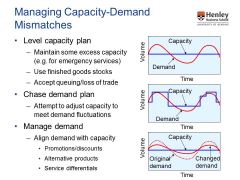



Hb52 Mba Mps Flashcards Cram Com
Aggregate planning for seasonal demand Reconciling theory with practice November 05 International Journal of Operations & Production Management 25 (11) DOI / An essential disadvantage of level strategy is building up inventory costs during the lean period when the demand is low 2 Chase strategy The chase strategy of aggregate planning puts its onus on reducing inventory It keeps pace with demand fluctuations by varying either actual level of output or the workforce number Demand forecasting is the art and science of forecasting customer demand to drive holistic execution of such demand by corporate supply chain and business management Demand forecasting involves techniques including both informal methods, such as educated guesses, and quantitative methods, such as the use of historical sales data and statistical techniques or
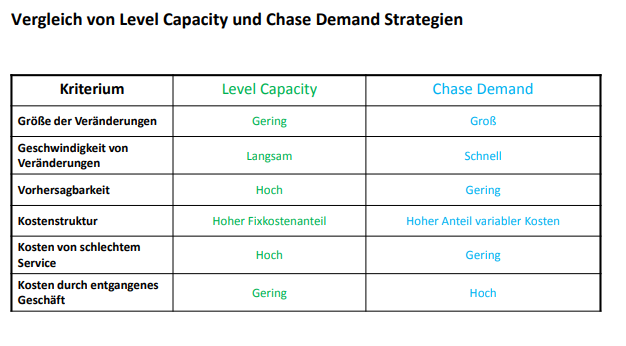



Vergleich Von Level Capacity Und Chase Demand Strategien Operations Management I Repetico




How Is Yield Management Implemented In Airline Industry Ayat Saleh




Basic Strategies Level Capacity Strategy Chase Demand Strategy Ppt Download




Solved Part 1 Question 1 Question 1 How Many Statements Chegg Com



2




Learning Startegies Chas And Level Production Pdf Inventory Demand




Inse6400 Principles Of Systems Engineering Production Instructor Dr Ayda Basyouni Office Ev Pdf Free Download
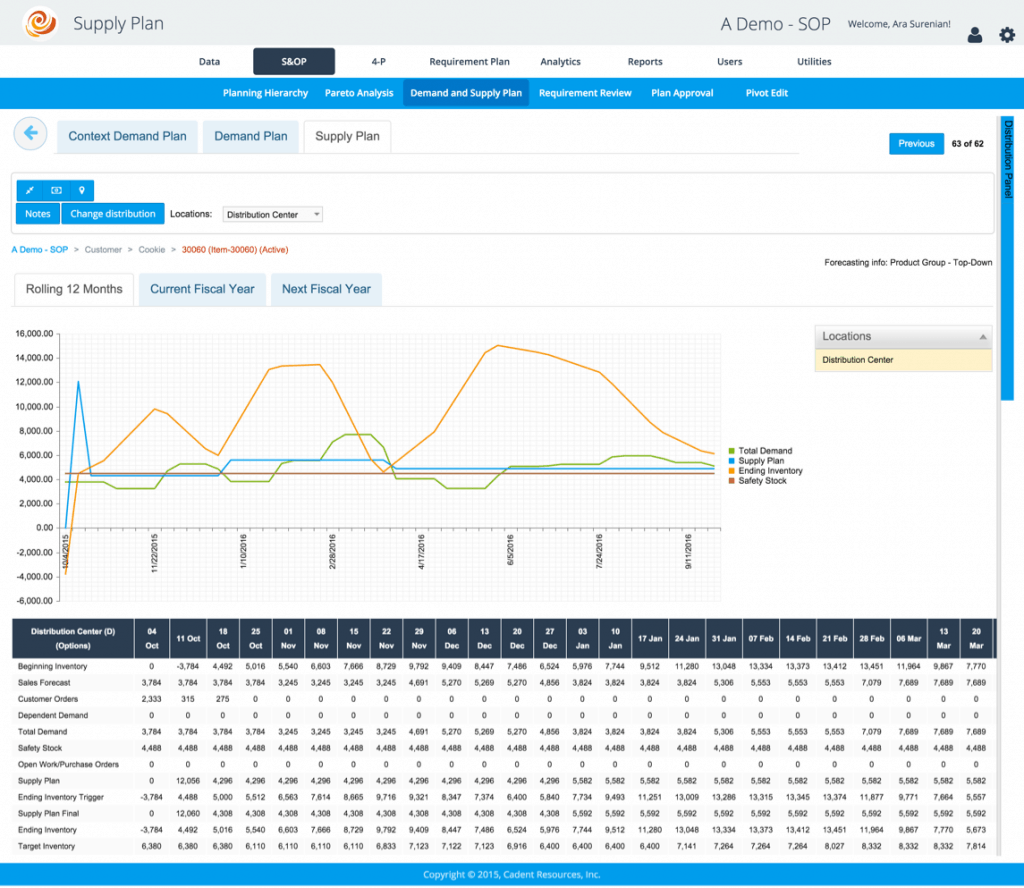



Supply Planning Processes Options Analytics Oh My Plex Demandcaster



Site Iugaza Edu Ps




Demand And Capacity Management Decision Steps Download Scientific Diagram




Logistics And Supply Chain Forum Aggregate Production Planning Part I



1



1




Long Term Capacity Management Linking The Perspectives From Manufacturing Strategy And Sales And Operations Planning Sciencedirect




Aggregate Planning Mps Capacity Planning Pdf Strategic Management Inventory




Ppt Chapter 3 Aggregate Planning Steven Nahmias Powerpoint Presentation Id




Pdf Long Term Capacity Management Linking The Perspectives From Manufacturing Strategy And Sales And Operations Planning Semantic Scholar




Operations Management Daniel S Blog




Aggregate Planning Intermediaterange Capacity Planning Usually Covers A
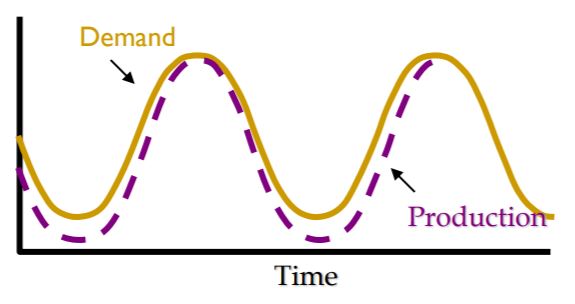



Aggregate Planning Studiousguy
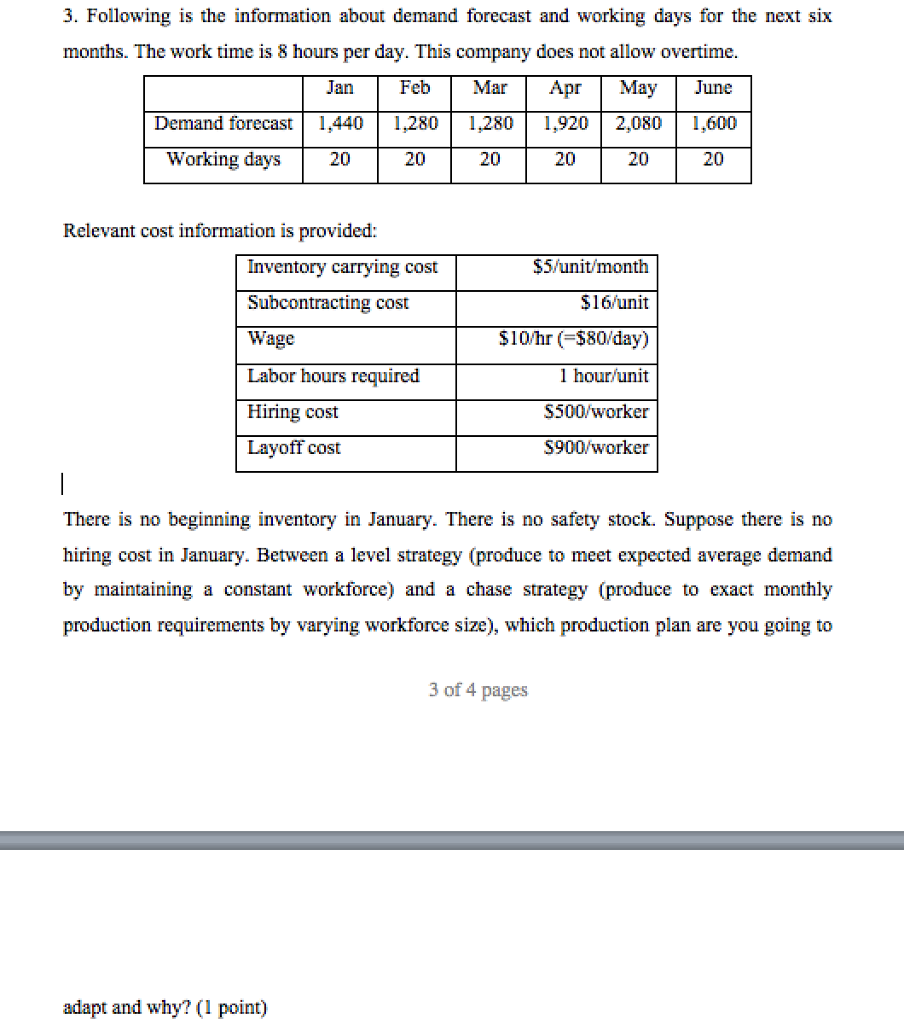



3 Following Is The Information About Demand Forecast Chegg Com
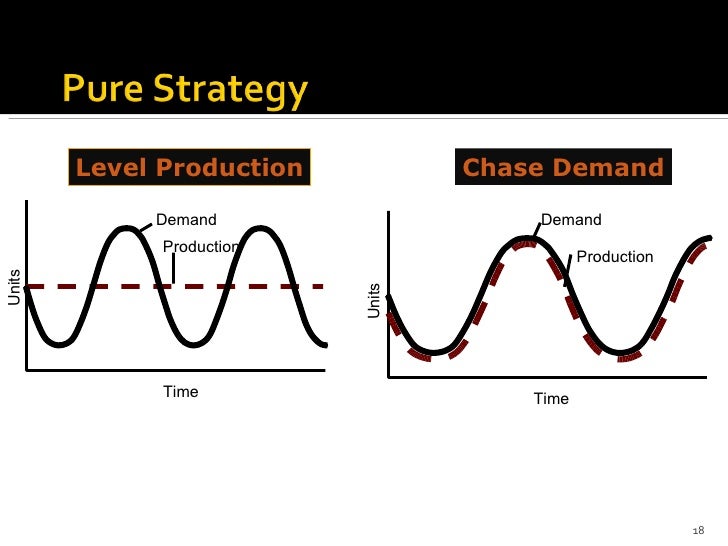



Productionplanning Aggregate Capacity




Understanding The Effects Of Chasing Demand Vs Capping Your Capacity Dog Trainer S Umbrella



2




Sample Practice Exam 15 Questions Studocu
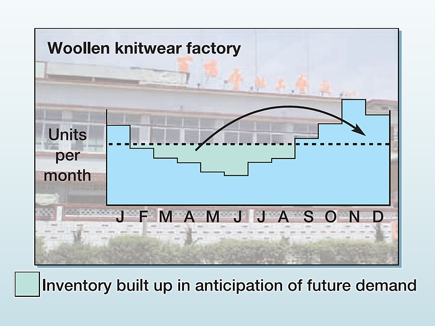



Study Of Manufacturing System Capacity Planning Control Steps In Capacity Planning Measuring Demand Capacity Yield Management
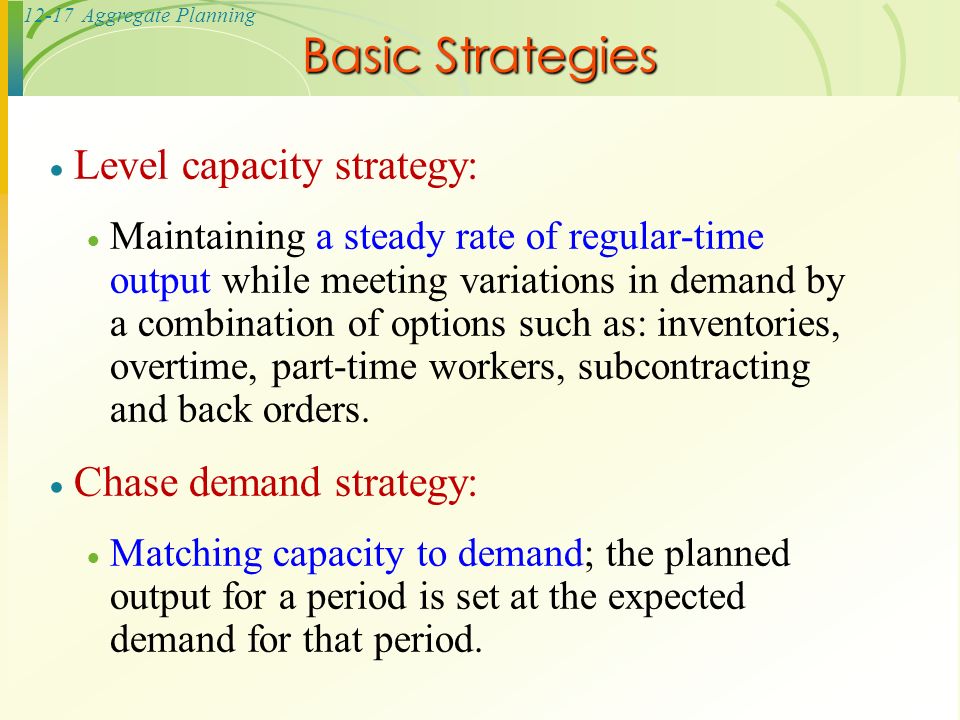



Operations Management Ppt Video Online Download
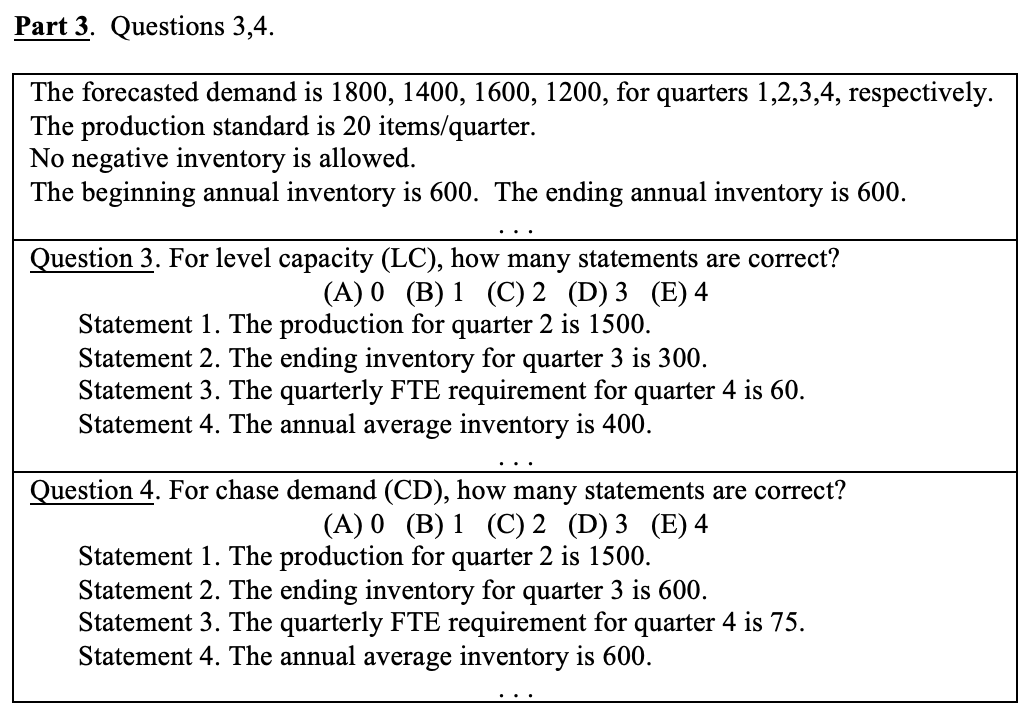



Solved Part 1 Question 1 Question 1 How Many Statements Chegg Com



2




Exam 2 Quantitative Review Problems Supply Chain Management Bit 3414 Docsity




Aggregate Planning Chapter 11 Mis 373 Basic Operations Management Ppt Download




Lecture 7 Managing Capacity And Demand Flashcards Quizlet
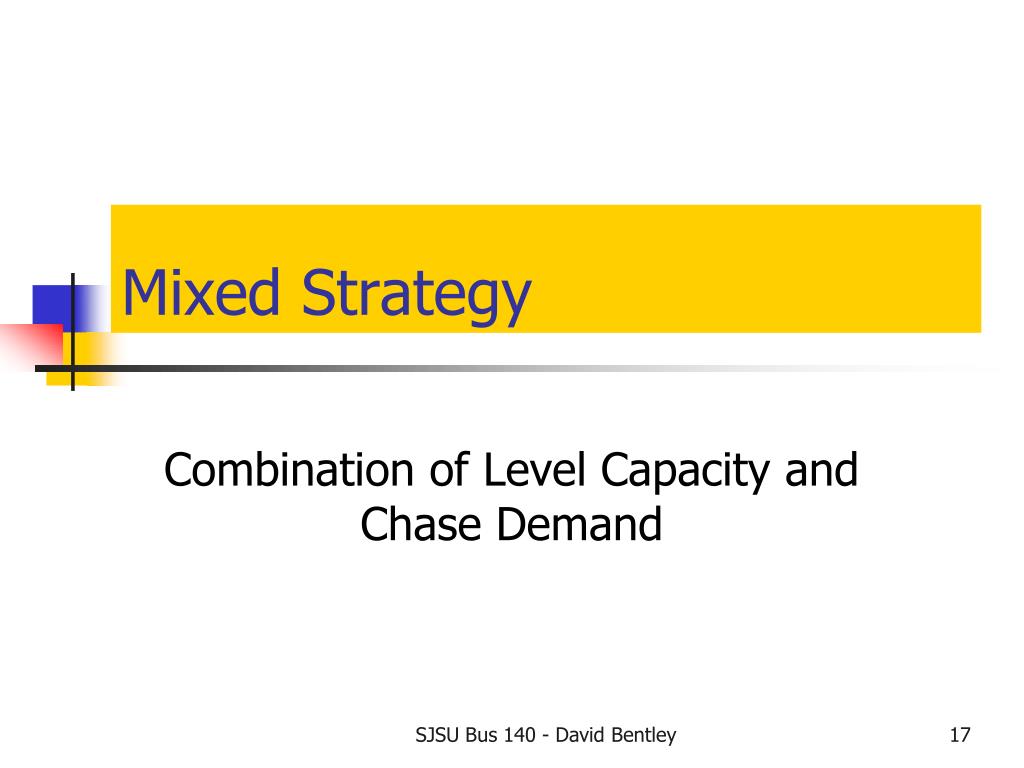



Ppt Week 13a Sales Operations Planning Chapter 13 Powerpoint Presentation Id




Aggregate Planning Strategies Pdf Inventory Economies



2




Match Supply And Demand In Service Industries




Teaching Aggregate Planning In An Operations Management Course Pdf Free Download




Operations Management Chase Or Level Production Term Paper
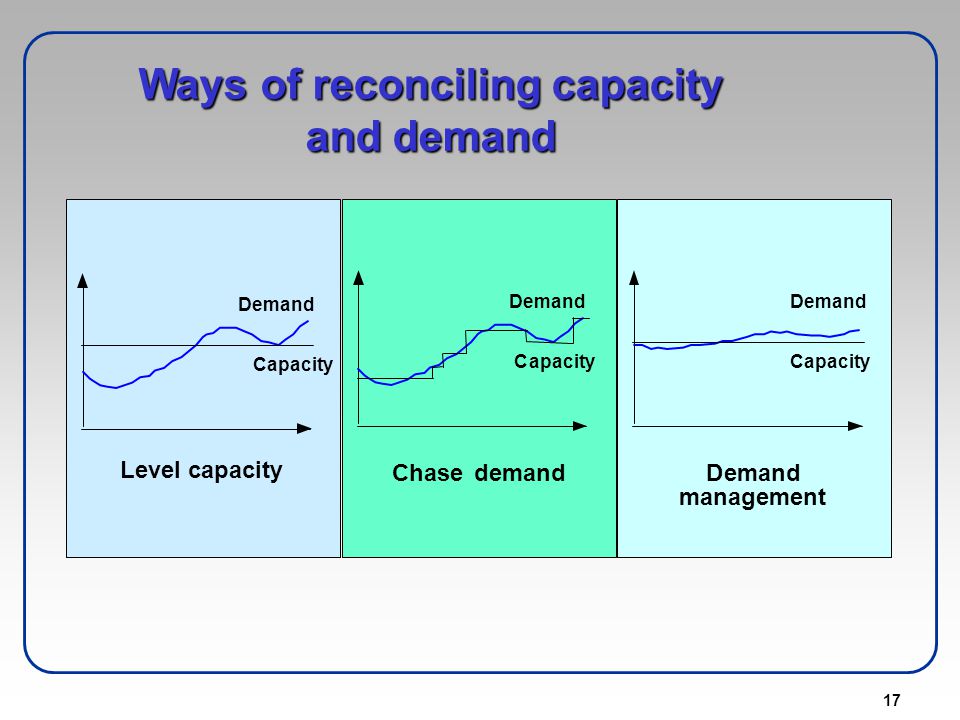



Mgsm0 Operations Management Ppt Download
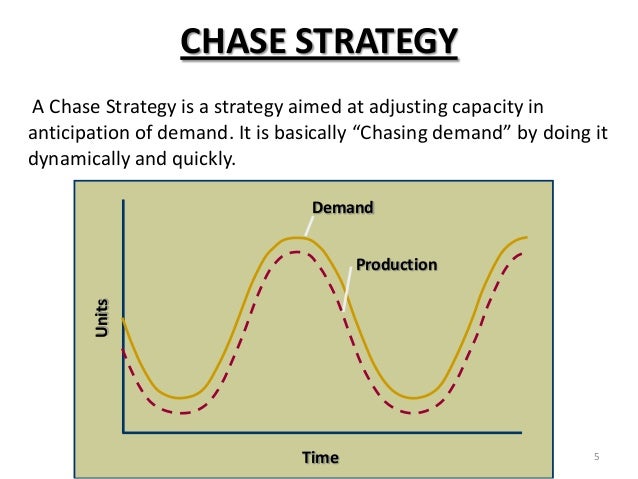



Models Of Aggregate Planning



Capacity



Aggregate Production Planning Operations Management Homework And Assignment Help



2
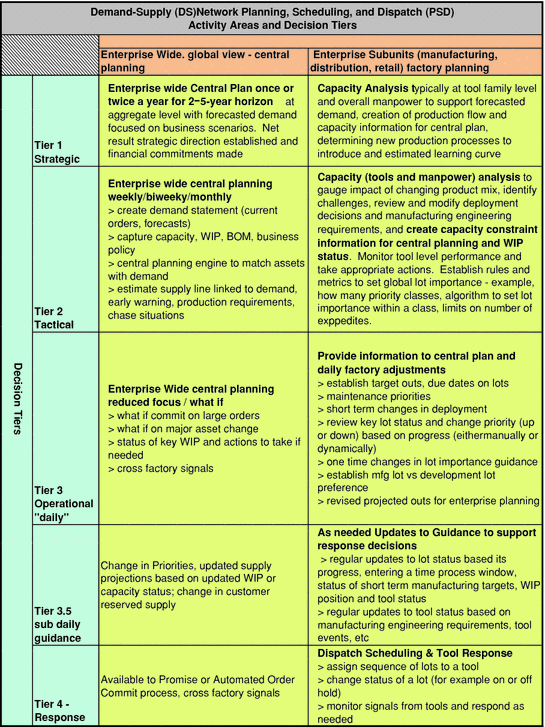



The Ongoing Challenge For A Responsive Demand Supply Network The Final Frontier Controlling The Factory Springerlink
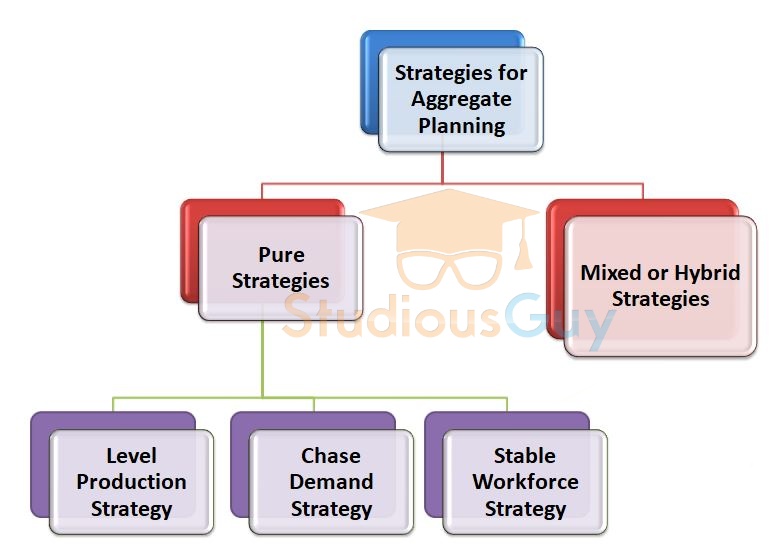



Aggregate Planning Studiousguy



Call Centre Capacity Management Emerald Insight




11 Capacity Planning And Control Operations Management




Chapter 11 Managing Capacity And Demand Mc Grawhillirwin




Ensuring Capacity Matches Demand Business Govt Nz




Entries For Thursday 25 October 07 Sergio S Blog




Chap011 Aggregate Chapter 11 Aggregate Planning And Master Scheduling With Answers Chapter 11 Studocu




Capacity Planning Jit And Lean Systems Online Presentation




Chase Demand Strategy Chase Demand Strategy Quarter Spring Summer Fall Winter Sales Forecast 80 000 50 000 1 000 150 000 Production Plan 80 000 Course Hero
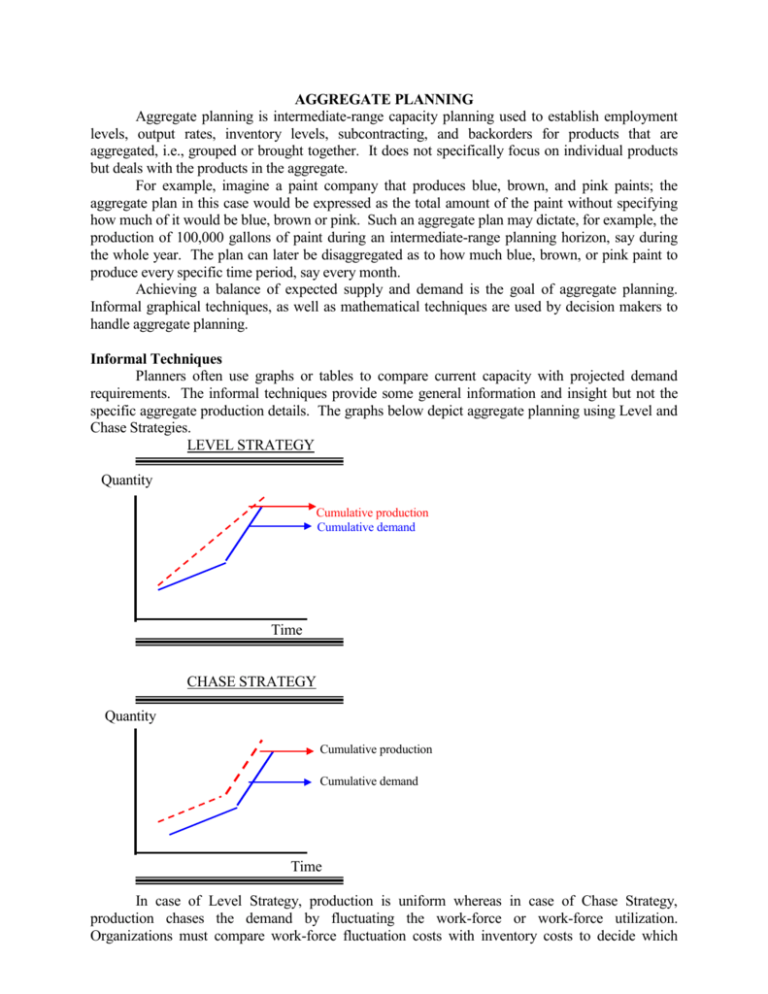



Aggregate Planning




Capacity Planning And Control Chapter 11 What Is




Demand And Capacity Management Options Adapted From Fitzsimmons And Download Scientific Diagram




Entries For Thursday 25 October 07 Sergio S Blog




Operations Management Lesson 8 Flashcards Quizlet




Ppt Mgsm0 Operations Management Powerpoint Presentation Free Download Id




Chapter 11 Aggregate Planning And Master Scheduling Chapter




Models Of Aggregate Planning




Capacity And Aggregate Planning Aggregate Planning The Process




Mcq S Week 7 Capacity Management Aston Studocu
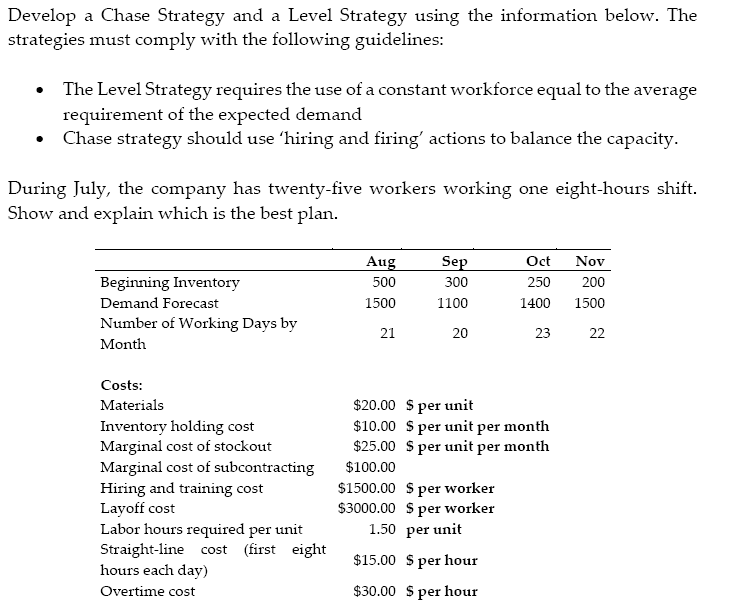



Develop A Chase Strategy And A Level Strategy Using Chegg Com
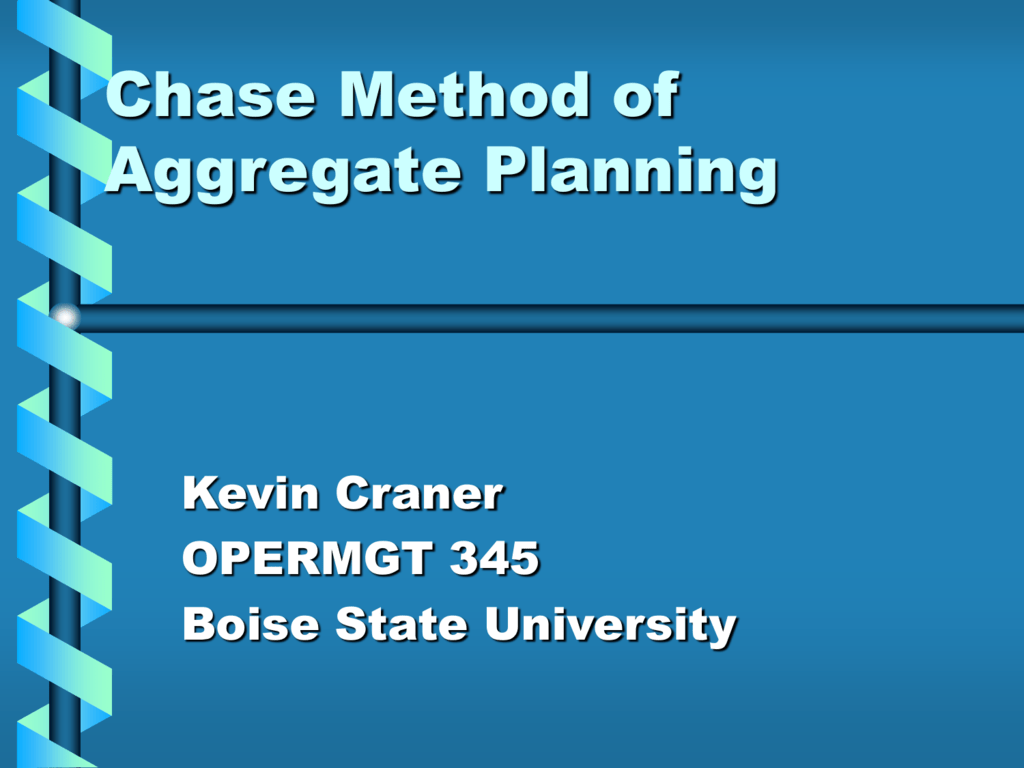



Chase Method Of Aggregate Planning




Chapter 11 Capacity Management Ppt Video Online Download
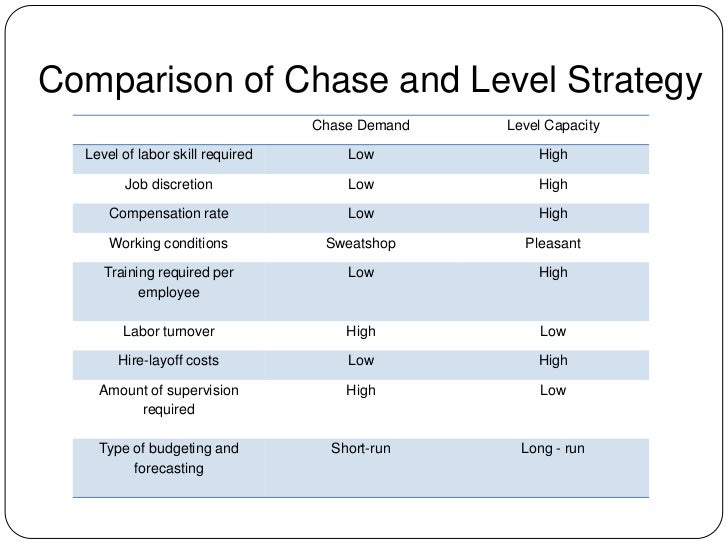



Aggregate Planning Report
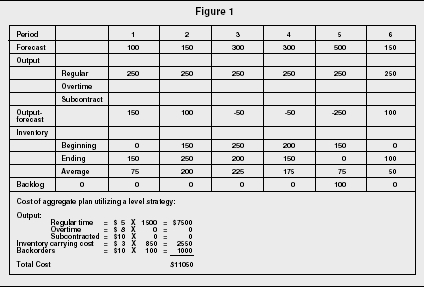



Aggregate Planning Strategy Organization Levels System Examples Model Type Company System




Introduction To Aggregate Planning And The 3 Plans Level And Chase Strategy Included Youtube
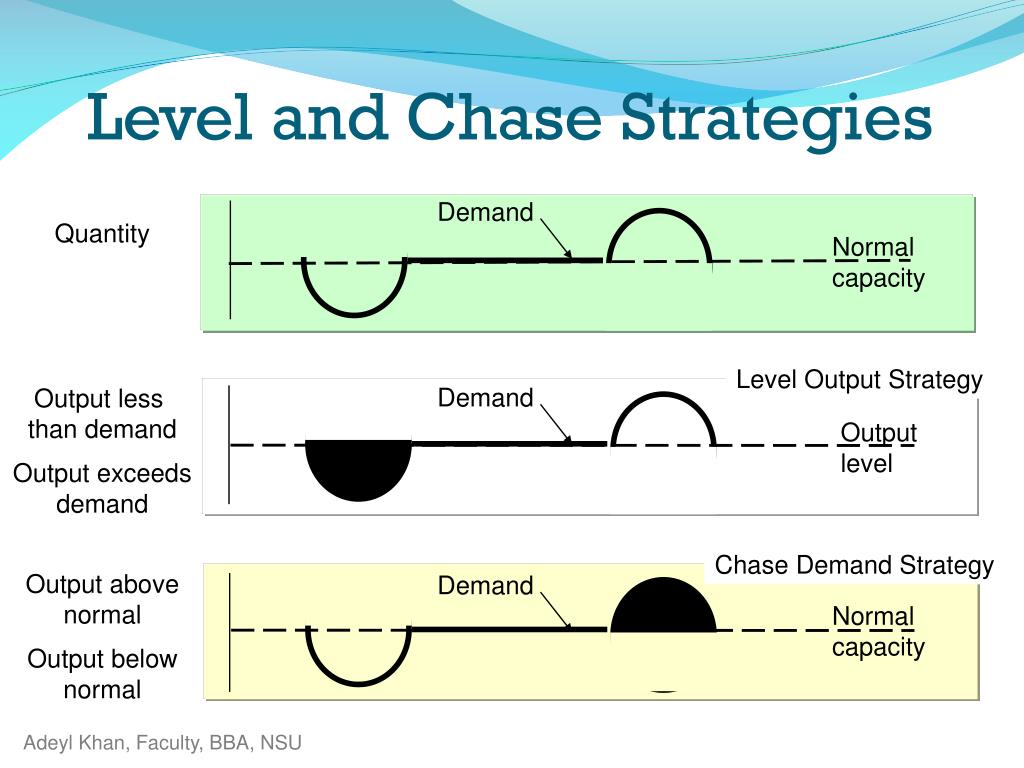



Ppt Chapter 13 Aggregate Planning Powerpoint Presentation Free Download Id



M Dc Operations Strategy
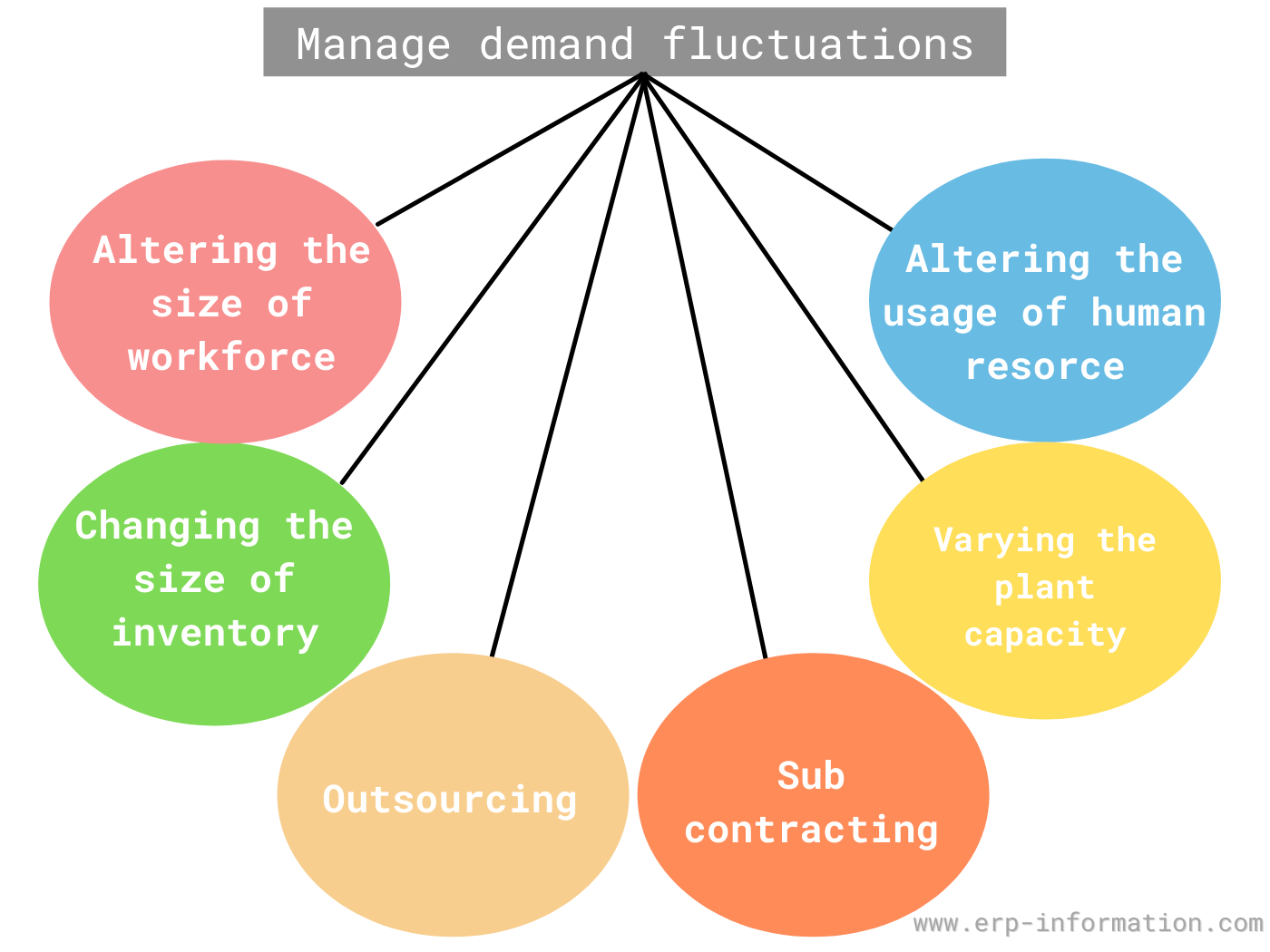



What Is Aggregate Planning 3 Strategies For Aggregate Production Planning




Aggregate Planning Strategy Organization Levels System Examples Model Type Company System




Logistics And Supply Chain Forum Aggregate Production Planning Part Ii




Ppt Planning Demand And Supply In A Supply Chain Powerpoint Presentation Id




Linking Long Term Capacity Management For Manufacturing And Service Operations Sciencedirect




Chapter 11 Managing Capacity And Demand Chapter 11 Managing Capacity And Demand Service Capacity Is A Perishable Commodity For Example A Plane Flying Course Hero
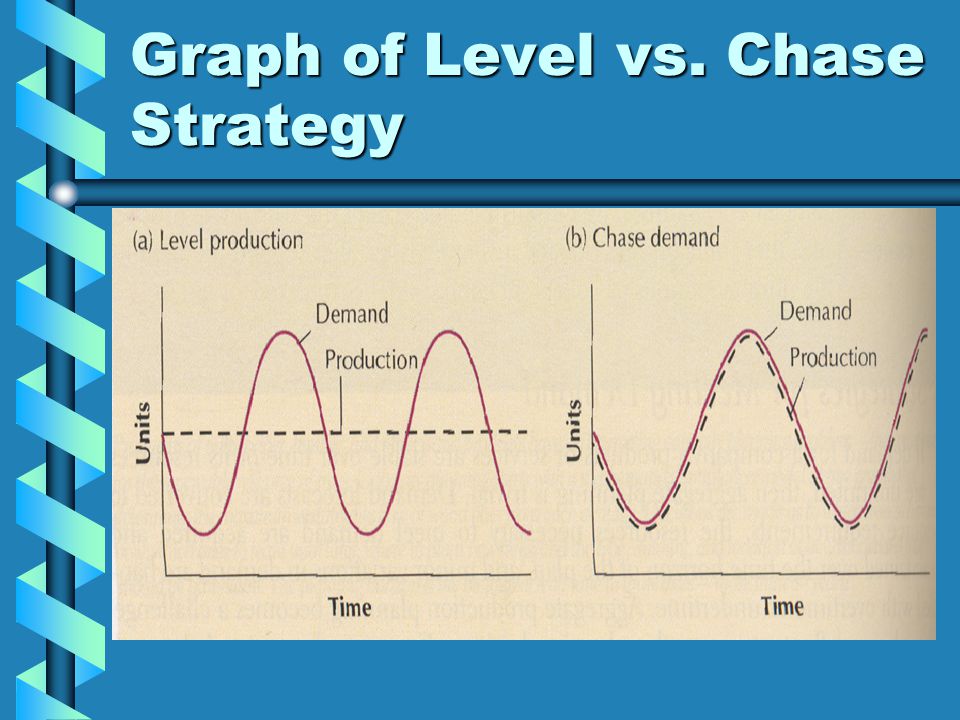



Chase Method Of Aggregate Planning Ppt Video Online Download


